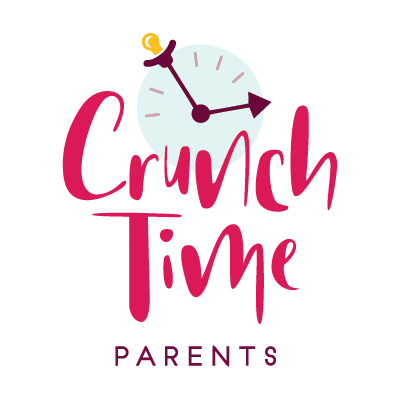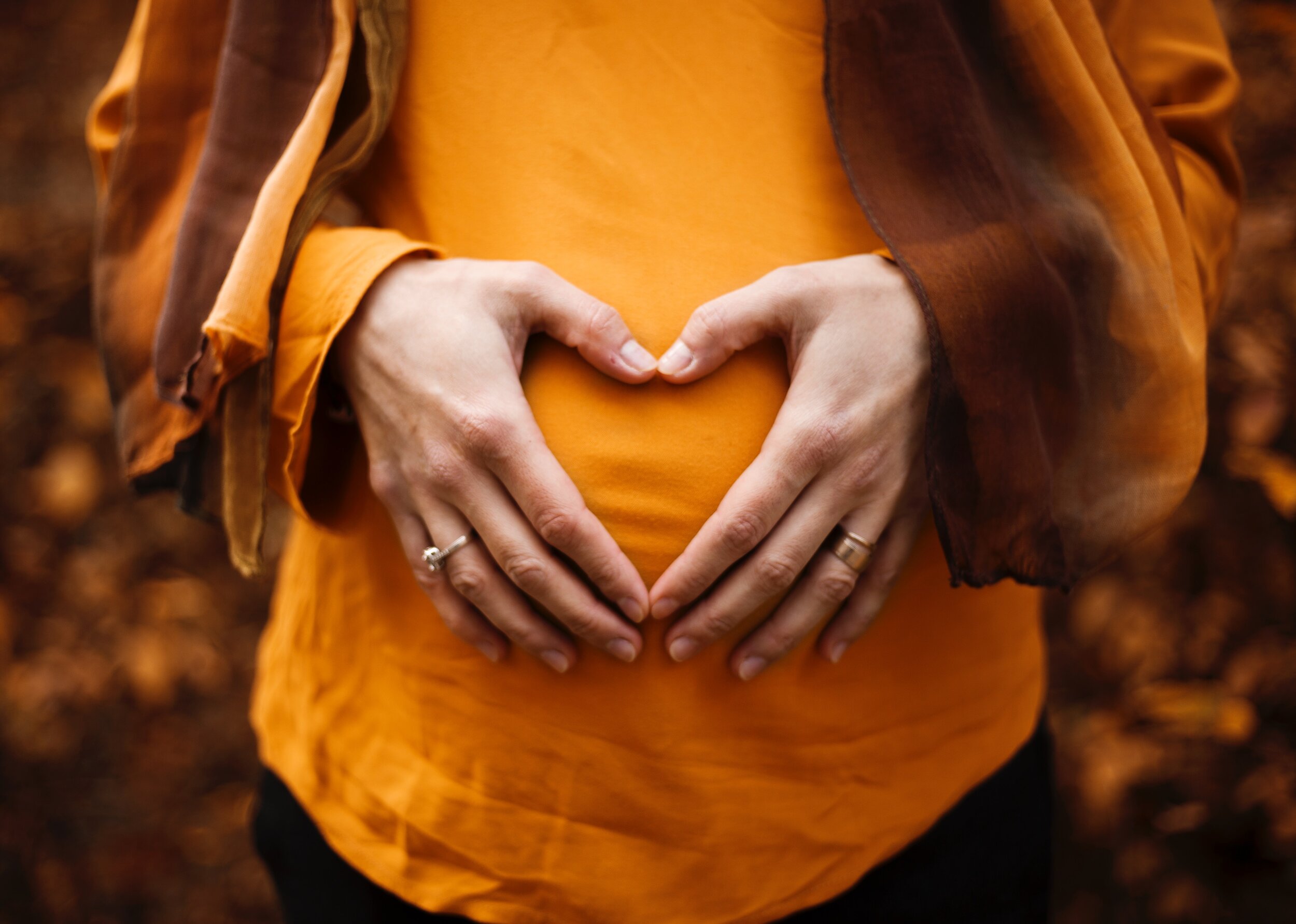A Star Doula Reveals What It Takes to Have a Great Birth at Any Age
/Since Sarah Moore started working as a doula and childbirth educator more than 12 years ago, the Brown University grad has become one of the profession’s most sought-after experts in New York City. Sarah has attended upwards of 175 births so far, and been present at the bedside of a number of celebrity clients including Megan Boone, star of NBC’s Blacklist. And although Sarah had her two kids in her late ‘20s and early ‘30s, half the women who hire her are over 35.
Let’s do the math: That’s almost 100 clients of “advanced maternal age,” not including all the parents Sarah sees regularly in her childbirth and perinatal classes. All of this means Sarah has gathered lots of insights on what older moms—and dads—go through during pregnancy, childbirth and the aftermath. We can’t think of a better subject for the first installment of Crunch Time Parents’ Q&A series. Sarah sat down with us for an honest, revealing interview over coffee at a Brooklyn café. Read on!
Crunch Time Parents: What made you want to become a doula?
Sarah Moore: Having my own children. I had a fairly complicated pregnancy the first time around and was on bed-rest for three months. I became really close with my midwives because of all of the extra monitoring and appointments, and I did way too much reading on pregnancy and birth. But I had to do something to get me through all of that time stuck in my apartment. Long story short, I got hooked on birth. I had both of my babies without a doula, and I realized it would’ve made the process a lot smoother if I’d had one.
Not that my births were traumatic in any physical sense, but it took time for me to emotionally comprehend this overwhelming feeling of failure for having needed pitocin and an epidural. Let’s just say I could’ve used a knowledgeable woman by my side to take in some of my feelings and normalize the process. Because I didn’t have that for myself, I wanted to become that person for others.
CTP: Some of us had barely even heard of doulas until we got pregnant.
SM: True, but it’s been a long tradition, to have women with you who’ve gone through it before. In old paintings of birth scenes, you always see at least two women by a mother’s side.
CTP: Doulas are pretty much always women, right? Although it seems like male doulas are a thing too.
SM: It’s new that men are even allowed in the birthing room, much less giving you emotional support!
CTP: Hiring doulas seems to be on the rise lately, or is that just a regional trend?
SM: New York City has a fair share of doulas because the health care system here is somewhat broken around birth and postpartum. Giving birth in a hospital can feel institutional, like you’re signing up to be a number in a factory. We could use more midwives and more affordable doulas. C-section rates are really terrible nationwide and New York City is no exception.
We know that doulas decrease C-section rates but it’s a service that isn’t covered by insurance and as it stands today, it’s still a luxury. Doulas are there to humanize and normalize a very normal occurrence. I don’t think everyone should give birth in a birthing center or at home—there’s definitely a place for hospitals, and people who are high-risk should be in the care of specialists—but the system itself needs revision and doulas provide that missing human touch.
CTP: Speaking of trends: More women are giving birth over 35 these days, right?
SM: According to a 2014 study, 15 percent of moms giving birth now are over the age of 35.
CTP: What do you make of certain risks associated with advanced-age pregnancies?
SM: Some of the numbers can look scary—for instance that the rate of stillbirths goes up with age. [Stillbirths rise from 4.7 per 1000 births for mothers aged 18-34, to 8.1 per 1000 births for 40-plus moms, according to Evidence Based Birth.] But a lot of the science is still unclear. For example, a lot of doctors believe that because of the stillborn stats, they need to induce at 39 weeks. Doctors are doing the induction so they don’t have to worry about a stillborn outcome, even though a recent study saw no difference in outcome between induction and women allowed to have babies at term.
So much of this is guesswork, and that’s the hardest thing for doctors and scientists. Most of them don’t like saying “I don’t know.” For pregnant women, going into the experience with positive reinforcement rather than fear can make a big difference.
CTP: Have you seen differences in outcomes with your older clients, compared to younger ones?
SM: I can’t say that I’ve seen a difference. But people who are hiring doulas are a self-selecting group to begin with. Having said that, I haven’t seen any stillbirths. Knock wood. I did experience a baby dying a week after he was born, but the mother was in her 30s. The baby had a heart defect that didn’t show up on any of the ultrasounds. These machines are supposed to give you all this assurance, but I think you just need to step into the process of pregnancy and birth with a lot of hope.
CTP: Does a doctor’s attitude and approach impact a woman’s birth experience?
SM: Absolutely. For instance [with certain symptoms or conditions like preeclampsia], if you have a practitioner who knows you and your history and has seen you at all your visits, they might look at you at the end of your pregnancy and say, “Huh. You look a little swollen.” A caregiver who spends time with you over the course of your pregnancy will see the red flags. A lot of doctors in the U.S. don’t know the woman’s name, and sometimes very little about her history—especially if it isn’t in her chart.
CTP: Even though the U.S. supposedly has a state-of-the-art medical system.
SM: I don’t think state-of-the-art necessarily means safer. The maternal mortality rate is usually better in countries where there’s more midwifery care [see recent studies on this here and here], where they are working from very ancient traditions of simply being by a woman’s side.
CTP: Have you noticed differences in how older moms approach pregnancy and childbirth?
SM: I think there’s an intentionality to older parents. They’ve gotten to a place in their careers, in their lives, where this baby is really wanted. They are also a little more relaxed about allowing things to happen. They’ve learned how to surrender a bit. So they’re not holding on to this expectation that the birth has to go a certain way. They’ve seen friends go through it, so they may have learned from their challenges. They may have had more hands-on experience.
CTP: Do you give any special advice to your older-mom clients?
SM: I don’t know that I would say anything different than I would to younger parents. There’s too much fear out there, and my job as a doula is to stay calm, be ready to act if necessary and support what a woman wants or needs. Enjoy the fullness of pregnancy. Surrender to the birth you are given. Embrace the chaos of new parenting. This is going to make me sound old but it goes really fast.
CTP: What inspiring stories have you come across recently with your "advanced age" clients?
SM: I have a friend, who was also my college roommate, who really wanted a baby. At 40 she reunited with a guy she dated in college who had recently divorced. They got pregnant by accident after two months of dating again. After lots of thought and tears and heartache, she decided to have an abortion. They just weren’t ready.
Fast forward, a year later they had made the decision to start a family together, but getting pregnant this time wasn’t happening quite so easily. So she talked to specialists, started on hormones, discussed doing IVF, and then, during a break between all of the interventions, she got pregnant again at 42. She had a glorious pregnancy. I’ve never seen her happier. She also had a really great birth. Breastfeeding has gone beautifully. I’ve watched her blossom. 43 was the perfect time for her to have her gorgeous baby.
CTP: How has your work with parents and babies impacted your own life as a mom?
SM: It’s done everything. It’s healed any feelings I had about my birth being disappointing. It’s made me love my kids more. I remember coming home from a long birth, having been gone for something like 30 hours, and then getting a hug from my kids, and just melting. I’d just spent 30 hours giving so much love to a laboring woman and then to see my own babies—there’s a lot of oxytocin swirling around when you’re a doula!
Lately I’ve done a lot of work with women who’ve suffered from perinatal mood disorders, and that’s also healed a lot of my own difficulties that I experienced after my babies were born. They both had colic and I suffered from postpartum depression both times. Working with other women has taught me the life-saving beauty of support. I also learned to doula myself. I had the opportunity to be my mom’s doula when she was going through cancer treatment—being present, attending to, normalizing thoughts and feelings. It’s been something that has not just been my career but also a way of going through life, with my friends and family.
Being a doula means putting yourself to the side for a bit so you can hold up another person in need. Being a doula is not about you. It’s a pretty profound gift to learn how to give.
CTP: Do you have any side projects going on these days?
SM: I’m working on a book proposal about my experience as a doula and a new mom with colicky babies. There are plenty of books about the birthing mom’s, the doctor’s, or the midwife’s experience, but the doula is by the mother’s side emotionally and physically for the entirety of this life-altering event. Her job is to give continuous support no matter what. It’s a pretty unique and lovely place to be.






















